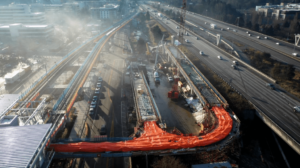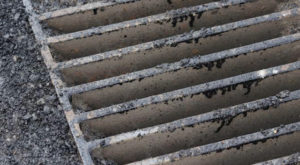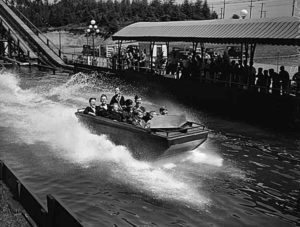Seattle Parks and Recreation invites the community to participate in an Online Open House on Tuesday, February 9 at 6:00 p.m. for the Bitter Lake Play Area and Comfort Station Renovation project. Please register at https://zoom.us/webinar/register/WN_hEZP73eaTayHmb2ADQ72uA for the online event. After registering, you will receive a confirmation email containing information and directions on how to participate in the webinar. Please visit the park, 13035 Linden Ave. N, and join us online to meet the design team and provide input on the three concept designs they have developed.
Thank you to everyone who participated in the initial survey for this project. Your input was incorporated into the design from Hoshide Wanzer Architects and Berger Partnership, and they are eager to share the concept designs with you and gather your feedback.
The project will provide a modern, all-gender comfort station/restroom facility, new play equipment that provides play opportunities for all abilities. In addition, the project will make safety and accessibility improvements that meet the standards from the Americans with Disabilities Act (ADA).
For more information please visit https://www.seattle.gov/parks/about-us/current-projects/bitter-lake-playfield-play-area-and-comfort-station-renovation or contact Kevin Bergsrud at kevin.bergsrud@seattle.gov or 206-684-5831.





